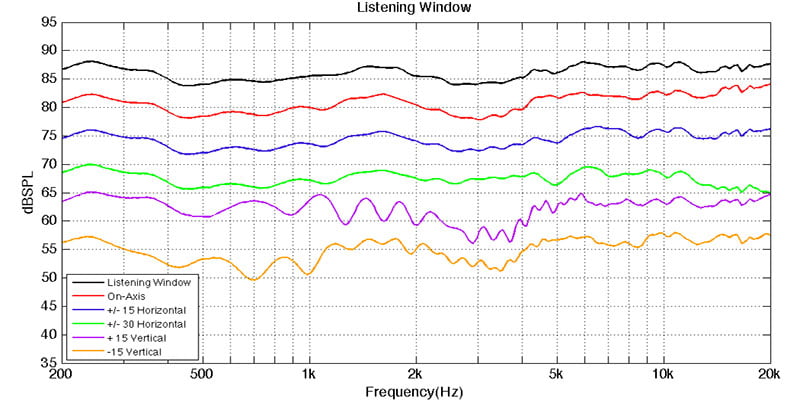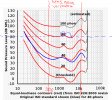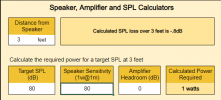Thanks much for the insight...very good to know. If monoblock listening is not significantly different, then I will likely return and exchange up to the Vidar 2 what are your thoughts on the Ageir? I imagine that people that buy a Vidar will mull over the selection. Does it come down to heat, power consumption or possible reliability issues...or simply personal taste in the difference in presentation between the two?
Before buying the Schiit Vidar2, I considered the Aegir as its generally considered a slightly warmer sounding amp to some, but I went with the Vidar2 for the follow reasons and this thinking can also be applied to the Gjallahorn.
For a general purpose HIFI amp, I needed something that I could use in a number of different rooms and with a number of different speakers. I was was not sure how much power I would need in the future but figured I needed more than 20 to 40 watts per channel to be safe and have the headroom depending on the speakers I might pair with it. Because of this I knew I would need 2 Aegirs running in mono to achieve that. From a price point that was a con as 2 Aegirs would just barely get me to what 1 Vidar2 would have in power.
But even if I was ok with that price and performance, 2 Aegirs in mono = 80 watt per channel compared to 1 Vidar2 at 100 watts per channel, I would still have to consider the ohm rating of the speakers. As my tastes might change over the years this amp will need to be flexible.
I had to think about how the amp bridges the load to run in mono mode, different amps can be wired differently, but in the case of the Aegir, Vidar2 and even the Gjallahorn for that matter. The amps are stereo amps that can be bridged to function in mono. But when this is done, the amp will see a load that is half of the speaker rating, so a pair of 8 ohm speakers will load the amp as would a pair of 4 ohm speakers, and here is where I would get into trouble, a pair of 4 ohm speakers will load the amp the same as 2 ohm speakers. This is why Schiit generally does not provide a 4 ohm mono rating on some of these amps (aegir).
In reality many speakers are a 6ohm average load at best and most are / or dip down to a 4ohm load regardless of what they are rated at. So if I went with the 2 Aegir or 2 Gjallahorn set up in mono, it would limit me to a small selection of speakers I could run at the higher SPL levels or I would have to restrict the volume to prevent the amps from tripping into thermal protection mode.
So back to my original objective, I wanted a general purpose amp that I could use in a multitude of ways without all the gotchas and the single Vidar 2 checked that box for me, and it was more cost effective too. I considered all of the above when thinking, "do I get 2 Rekkrs and run them mono or 1 Gjallarhorn and run in stereo for my desktop? I went with 1 Gjallarhorn and I'm happy I did.
I have not listened to the Aegir in my home, so I don't know how the Vidar2 and Aegir differ in sound Q. But I can say that the Freya+ with some Nos Sylvania 6NS7 GT "bad boy" tubes feeding the Vidar2 is amazing to my ears.
I hope that help.






